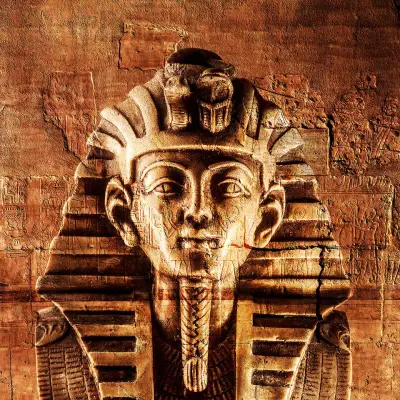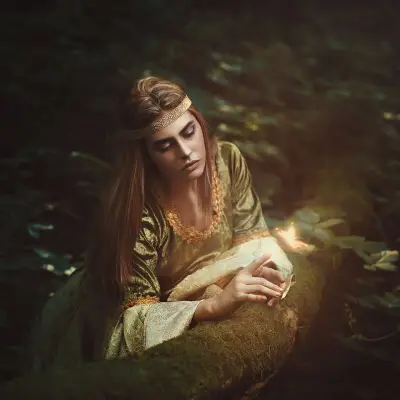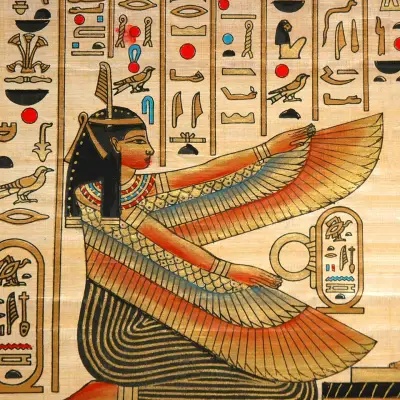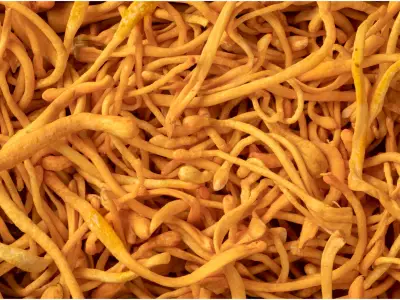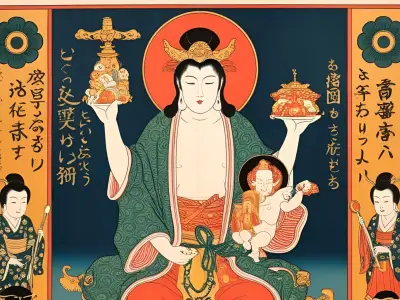If you’ve ever admired the beauty of cherry blossoms—those delicate pink and white blooms that seem to float gently on the breeze—you’re not alone. These stunning trees are loved by people all over the world, but in Japan, they carry a much deeper meaning.
Perhaps you’ve seen cherry blossoms in an anime, a painting, or while travelling, and you’re curious about why they’re so special. What is it about these flowers that makes them such an important cultural symbol? In this blog post, we’ll explore the rich layers of cherry blossom symbolism in Japanese culture.
Jump to:
Recommended for you!
Best SellersWhat is the Meaning of the Cherry Blossom Tree?
Known in Japanese as sakura, cherry blossoms are more than just beautiful flowers. They bloom only for a short time each spring—typically between late March and early April—transforming parks, gardens, and city streets into scenes of soft pink and white. Their brief, spectacular appearance plays a major role in their meaning.
In Japan, the cherry blossom tree's meaning goes beyond the visual. It’s deeply tied to the country’s history, art, and philosophy. The meaning of a blossom tree reflects some of the most important ideas in Japanese culture, including beauty, impermanence, and renewal.
What Does Cherry Blossom Symbolise?
The cherry blossom symbolism in Japanese culture often touches on themes of impermanence, renewal, love, and emotional expression. At the heart of its meaning lies a deep appreciation for the fleeting nature of life and beauty. In Japanese culture, the cherry blossom tree represents concepts like:
Impermanence and the Beauty of the Present
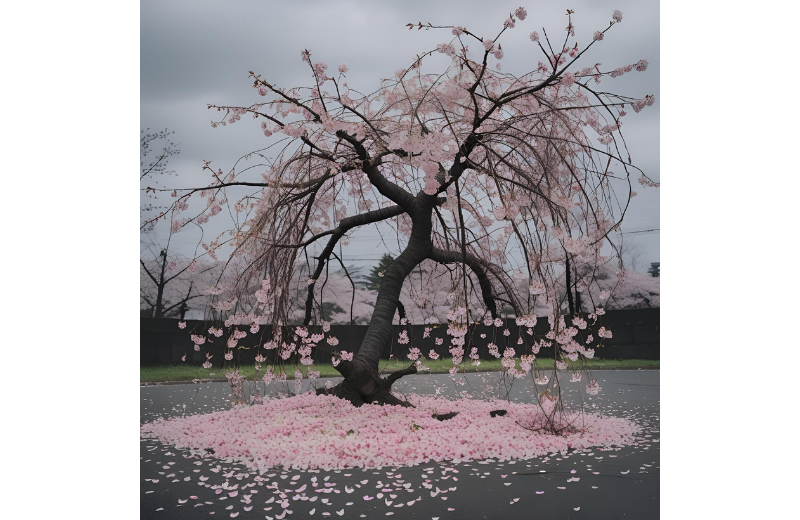
In Japanese philosophy, especially the concept known as mono no aware, cherry blossoms represent an awareness of life's transience. Their short-lived bloom, lasting only a week or two, serves as a powerful reminder that nothing lasts forever.
Rather than viewing this as a sorrowful truth, it's seen as an encouragement to appreciate the moment fully. The cherry blossom tree's meaning reflects the cycle of life—birth, growth, peak, and eventual decline—with grace and acceptance.
The falling petals are symbolic of how quickly time passes, urging people to cherish their relationships, surroundings, and experiences while they can. In this way, the meaning of a blossom tree connects deeply to mindfulness, the celebration of now, and the gentle acceptance of change.
Renewal, Hope and New Beginnings
In Japanese culture, cherry blossoms are closely associated with fresh starts. Their arrival each spring marks the beginning of the academic year and the start of many careers, which is why the significance of cherry blossoms in Japan is often tied to hope and new chapters. The trees symbolise cleansing, rejuvenation, and the potential for personal growth.
This connection is rooted in Shinto beliefs, where cherry blossoms are seen as symbols of purity and the natural cycle of renewal. The gift of a cherry blossom-themed item, such as a card, fabric design or keepsake, can express wishes for happiness, peace, or encouragement during times of change. In this way, the cherry blossom flower's meaning extends into acts of kindness and support in everyday life.
The Fragility and Sweetness of Love
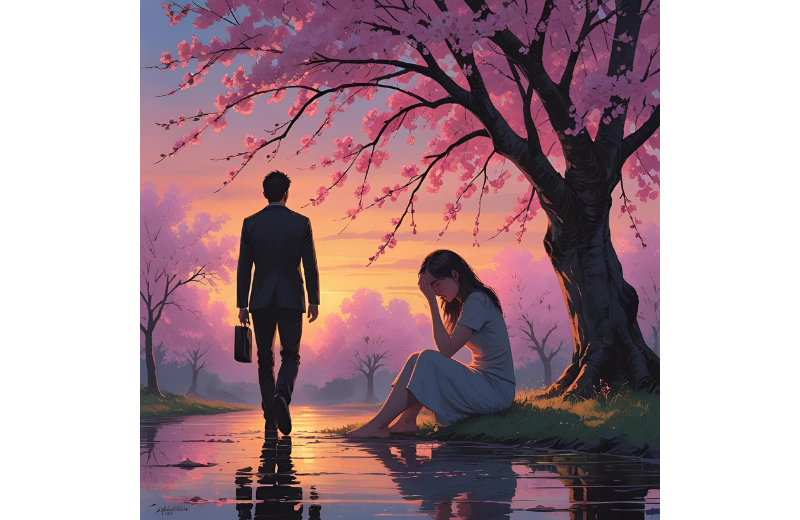
Cherry blossoms also symbolise the delicate, fleeting beauty of romantic love. Just as the flowers bloom with intensity before fading, love can be passionate and joyful, yet vulnerable and temporary. The cherry blossom symbol in romantic contexts reflects both the emotional highs of love and the quiet sorrow of its impermanence.
In traditional poetry and modern culture alike, cherry blossoms often appear in love stories and gestures of affection. The soft bloom suggests tenderness and emotional depth, while its brief presence speaks to the bittersweet nature of connection. A cherry blossom motif may also symbolise admiration or grace, especially when associated with a girl or woman, suggesting beauty, purity, and inner strength.
In digital communication, a cherry blossom emoji sent by someone can carry subtle emotional meaning, evoking warmth, thoughtfulness, or quiet affection. The symbolism of cherry blossom in love lies in its ability to capture what’s often unspoken but deeply felt.
Inner Strength, Transformation and Femininity in Tattoos
In tattoos and body art, the cherry blossom flower's meaning can take on more personal significance. Many people choose it to symbolise inner strength, emotional resilience, or a period of transformation. The soft exterior of the bloom contrasts with the strength it represents: enduring hardship, embracing change, and growing from the experience.
The meaning of the cherry blossom tree in this context can also celebrate femininity, vulnerability, or the courage to move forward after loss or change. The image of the falling blossom serves as a reminder of growth through adversity and the quiet courage found in embracing life’s transitions.
Change, Emotion and Farewell in Anime and Art
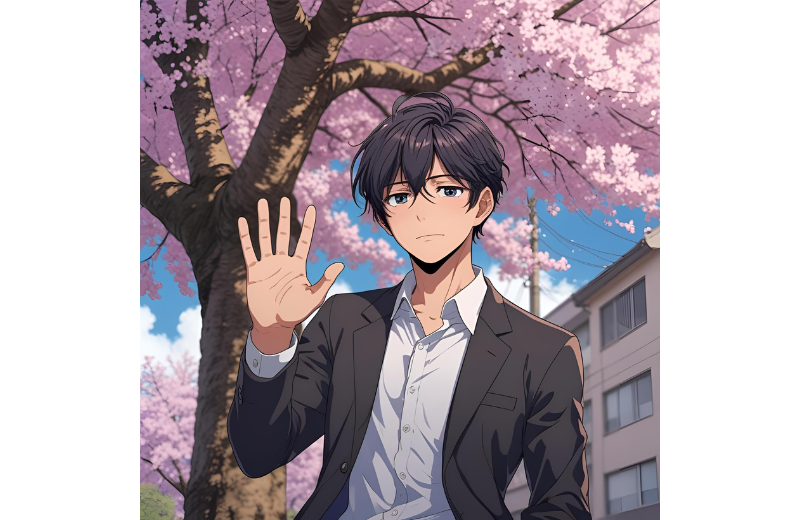
In Japanese anime, cherry blossoms are often used as visual metaphors to mark turning points in a character’s journey. Scenes showing petals drifting through the air are typically linked to moments of transformation, emotional reflection, or farewells. The imagery conveys change with subtlety and power, often highlighting themes of memory, growth, or unspoken emotions.
The symbolism of cherry blossom in visual storytelling extends into traditional and contemporary Japanese art. The flower’s appearance in prints, textiles, and paintings captures the beauty of fleeting experiences, offering comfort, contemplation, and connection to the rhythms of nature.
Appreciation, Celebration and Connection
In modern Japan, cherry blossoms continue to play a meaningful role in everyday life. Each spring, communities gather to celebrate the blooming season through hanami, the centuries-old tradition of cherry blossom viewing. Friends, families, and co-workers meet beneath the trees to share food, laughter, and a sense of togetherness.
This celebration is both a social event and a spiritual and emotional practice that reflects the deeper cherry blossom meaning in Japan. It’s a chance to pause, reconnect, and appreciate the simple pleasures of life. Cherry blossoms represent joy in the moment, the beauty of nature, and the strength of community bonds.
The Famous Japanese Saying About Cherry Blossoms
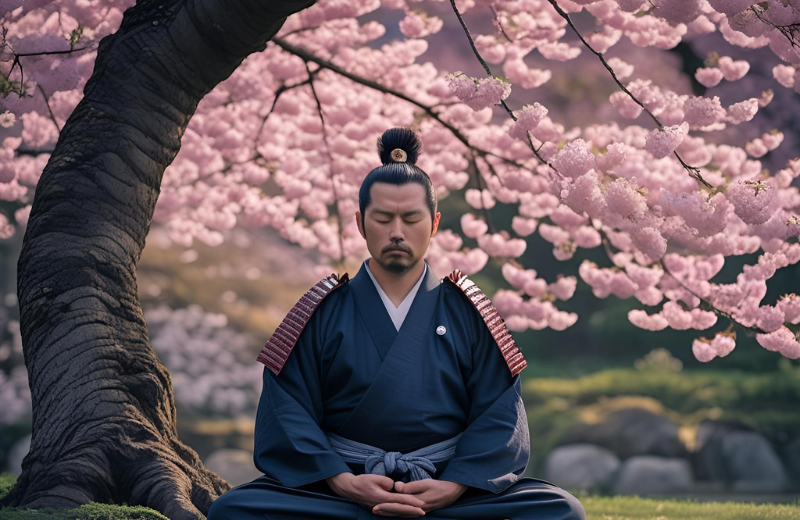
One well-known expression that touches on cherry blossom symbolism is:
“Hana wa sakuragi, hito wa bushi”
This translates to: “Among flowers, the cherry blossom; among men, the warrior.”
It highlights how cherry blossoms and samurai were both admired for their beauty and willingness to face death. The significance of cherry blossoms in this context is a reminder of how honour and beauty can coexist with impermanence.
Recommended for you!
Best SellersCommon Questions About Cherry Blossoms in Japan
What Do Cherry Blossoms Represent Today?
Despite their deep historical roots, cherry blossoms continue to play a big role in modern Japanese life. One of the most beloved traditions is hanami—the practice of gathering with friends and family to enjoy the blossoms, usually with a picnic beneath the trees.
Why Are Cherry Blossoms Everywhere in Japan?
Cherry blossoms have been planted widely for centuries. The Japanese have cultivated and cherished these trees in parks, temples, and gardens as part of their cultural and spiritual traditions.
The country’s love for sakura also led to diplomatic gifts. In 1912, Japan gave thousands of trees to the United States as a symbol of friendship, many of which still bloom in Washington, D.C. each spring.
What is a fun fact about cherry blossoms in Japan?
Some varieties of sakura bloom in shades of yellow, green, and even light purple—not just the typical pink!
What is the difference between cherry blossoms and sakura?
There really isn’t one. “Sakura” is just the Japanese word for cherry blossoms. However, sakura refers specifically to the ornamental trees that produce flowers, not the cherry trees that grow edible fruit. So when you see references to sakura in Japanese culture, they are speaking about the same beautiful blooms admired across the globe.
What is the spiritual meaning of the cherry blossom?
Spiritually, the blossoms are a symbol of enlightenment, mindfulness, and letting go. Their falling petals can be seen as a visual metaphor for surrender, reminding you to release what you can’t control and appreciate what you have now.
Are cherry blossoms good luck?
While not necessarily considered lucky in a superstitious way, they are seen as auspicious. They are linked to blessings, especially at the start of something new, such as a career, relationship, or project.
Who Is the Japanese Goddess of Cherry Blossoms?
In Japanese mythology, the goddess Konohanasakuya-hime is associated with cherry blossoms. Her name means “blossom-blowing princess,” and she’s linked to Mount Fuji and fertility. As the deity of sakura, she represents both beauty and the fragile nature of life.
Her presence in mythology adds another layer to the significance of the cherry blossoms, linking them to divine feminine energy and the natural world.
Can You Touch Cherry Blossoms in Japan?
During cherry blossom season, many people visit parks to see the blooms, take photos, and enjoy hanami. While it’s okay to admire them up close, you’ll rarely see people picking the flowers or climbing the trees. There’s a strong cultural respect for nature, and visitors are encouraged to enjoy without disturbing the trees.
What Is the Celebration of Cherry Blossoms in Japan?
The annual cherry blossom celebration is known as hanami, which literally means “flower viewing.” Families, co-workers, and friends gather in large groups under the blossoms with food and drink, sharing laughter and stories as the petals fall around them.
It’s a social and reflective time that embodies everything cherry blossoms represent—connection, joy, and the beauty of a moment passing.
What Is a Cherry Blossom Personality?
Someone described as having a cherry blossom personality might be seen as gentle, graceful, and emotionally insightful. This kind of personality is quietly confident, appreciates simple pleasures, and tends to value meaningful experiences over material things.
Study Our Japanese History and Culture Diploma for £29
If this topic has inspired you to explore more about Japan’s traditions, stories, and way of life, you can continue your learning with the Introduction to Japanese History & Culture Diploma Course from Centre of Excellence. It’s designed for curious learners of all backgrounds and offers rich insights into the customs and beliefs that shape Japan.

